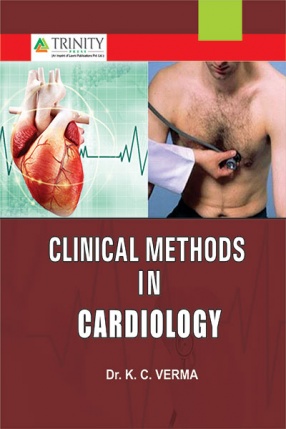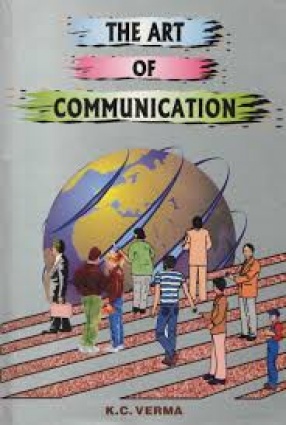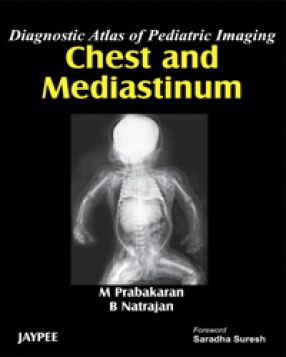In the clinical practice, History taking, Inspection, Palpation, Percussion and Auscultation. are taught right from the entry of a student into a clinical medicine Department till he/she becomes a general physician/ surgeon or superspecialist in any of the branches of medicine/surgery. With the passage of time, there have been many innovations which have taken place in the discipline of clinical cardiology. Although techniques of Inspection, palpation, and percussion over the chest almost remained unchanged yet technique of auscutation with conventional stethoscope has shown tremendous improvement in the invention of newer types of stethoscopes with better results in listening of heart sounds, murmurs, clicks and additional sounds. Newer brands of Stethoscopes are also equipped with graphic recordings of heart sounds, murmurs, clicks and additional sounds. Even special type of amplified stethoscope tries to help for hearing impaired clinicians and even mobile phone stethoscopes can facilitate physician in transmitting recorded information to far away sitting cardiologist.
In the past, undoubtedly, physicians/cardiologists practiced conventional methods of history taking, inspection, palpation, percussion and auscultation yet modern physicians prefer to combine certain additional information with laboratory blood tests for biomarkers and known risk factors, and non-invasive techniques of chest radiography, Blood pressure monitoring, Electrocardiogram, Holter monitoring, Treadmil test, Echocardiography, MDCT, CMR and even nuclear studies.
Laboratory blood tests such as low Hgm% (anemia) TLC, DLC, BT, CT, Platelet counts, blood sugar levels, INR would help in evaluation of cardiac failure. .Troponin1 biomarker would establish myocardial injury (myocardial infarction) whereas Chest radiography is utilised for enlargement of heart in heart failure. Treadmil test will suggest ischemic heart disease. Holter study would establish types of cardiac arrhythmia and evaluation of syncopal attacks.
On the other hand, transthoracic and transesophageal echocardiography can help the physician in the diagnosis of valvular heart diseases and stress echocardiography in coronary artery disease. MDCT is one of the most useful non-invasive techniques employed in the assessment of cardiac functions and its great vessels. In children it is being used in the diagnosis of congenital and acquired cardiac dysfunctions with least discomfort. It also gives the most useful information before and after cardiac surgery and medical therapy.
Recently, MRI has emerged as a new non-invasive modality for detecting CAD. When compared with invasive coronary angiography, the sensitivity and specificity of stress CMR detection of CAD by wall-motion analysis has been reported to be 83% and 86%, respectively.
Contents: Preface. 1. Anatomy and Physiology of Cardiovascular System. 2. History Taking in Cardiovascular System. 3. General Physical Examination in Cardiovascular System. 4. Chest Pain. 5. Palpitation. 6. Claudication. 7. Dyspnoea. 8. Blood Pressure. 9. Recognition and Management of Syncopal Attacks. 10. Cardiac Pulse. 11. Irregular Pulse (Cardiac Arrhythmia). 12. Cyanosis. 13. Edema. 14. Ambulatory Blood Pressure Monitoring. 15. The Jugular Venous Pressure and Pulse Contour. 16. Clubbing of Digits. 14. Splinter Hemorrhages. 15. The Jugular Venous Pressure and Pulse Contour. 16. Clubbing of Digits. 17. Splinter Hemorrhages. 18. Bruit and Hums of the Systemic Vascular System. 19. Examination of Normal and Diseased Arterial and Venous Pulses of Extremities. 20. Precordial Examination. 21. Auscultation of Heart Sounds, Murmurs and Ejection Clicks. 22. Chest Radiography. 23. Clinical Application of Surface Electrocardiography. 24. Historical Background and Current Innovations in Echocardiography-overview. 25. Exercise Stress Testing. 26. Cardiovascular Computed Tomography. 27. Magnetic Resonance Imaging in Cardiovascular Disorders. 28. Pulse Oxymetry. 29. Cardiac Biomarkers. 30. Role of Risk Factors in the Pathogenesis of Heart Disease. Appendix. Index.






There are no reviews yet.